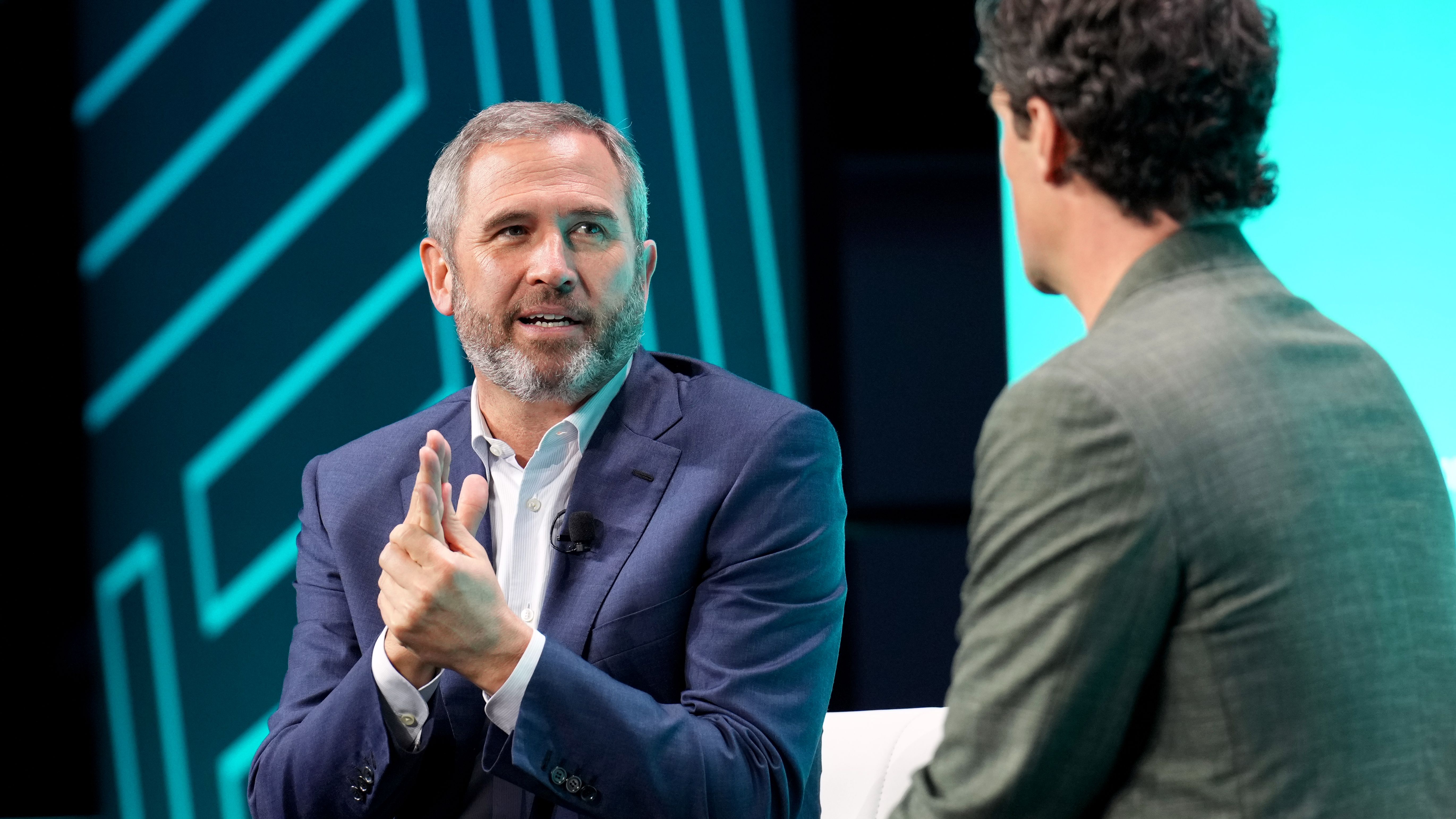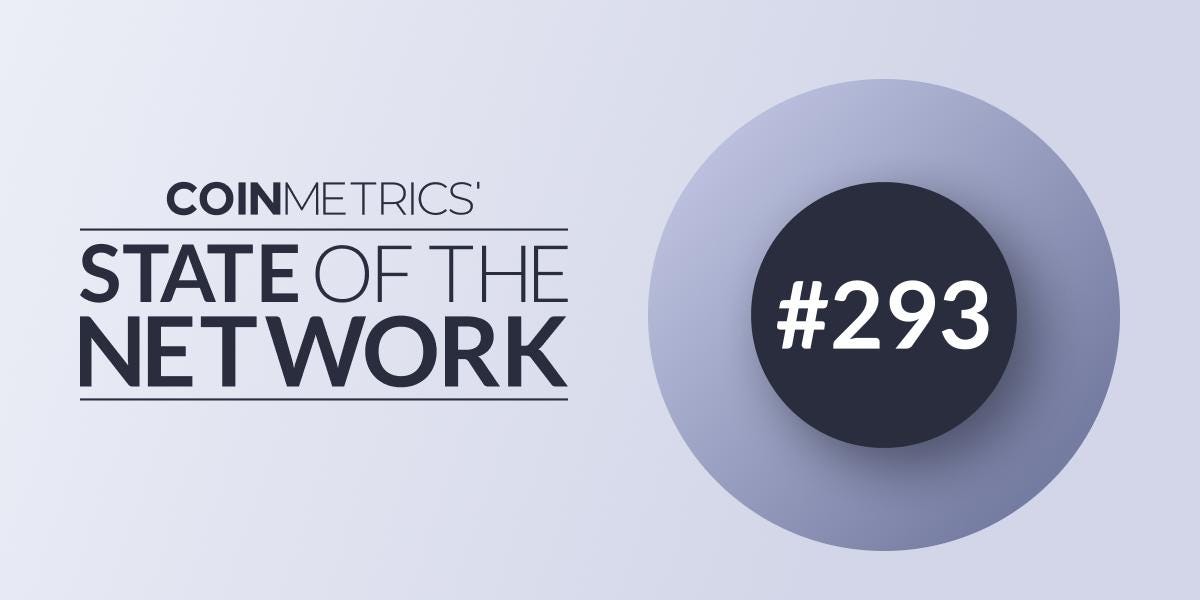Singapore –News Direct– HashKey Capital

HashKey Capital, one of the largest and most prominent crypto funds originating from Asia, has published its annual 2022 DeFi Ecosystem Landscape Report. The report digs into the current state of the decentralized finance industry and shows that, despite crypto winter, the market remains one that’s both thriving and bursting with potential.
While the wider crypto industry has been depressed throughout 2022, there are good reasons to be optimistic about the future of a still-nascent DeFi industry that continues to attract a staggering amount of venture capital. HashKey’s report reveals that in the first half of 2022 alone, VCs invested more than $14 billion into a total of 725 crypto projects, including numerous DeFi protocols.
It’s not only VC money flooded into DeFi over the last year, as the sector has attracted a significant number of new users too. In 2022, DeFi user growth averaged 44% quarter-over-quarter, a very encouraging adoption curve that suggests the sector still has a chance to achieve exponential growth. DeFi also hit an impressive milestone when it surpassed 5 million user wallets in Q3 of 2022.
HashKey’s report draws a lot of comparisons between DeFi and the world of traditional finance, or TradFi. For instance, it notes that the sector has accumulated total value locked that’s similar in size to the assets under management at a medium/large-sized U.S. bank. At its height, DeFi’s TVL would have ranked as the 20th largest bank in the U.S., the report found. All told, DeFi’s market capitalization is now bigger than that of Santander Bank, and poised to approach that of many other tier-1 banks. The report also highlights that around 25% of the 400 fastest-growing companies in Fintech today are actually crypto/blockchain focused businesses.
Looking more closely at the DeFi market, few observers will be surprised to learn that Ethereum remains the most dominant blockchain in the space, hosting 58% of all activity. The report also notes the ability of DeFi protocols to sustain themselves, with the market’s top six segments – DEXs, Lending, Asset Management, CDPs, Derivatives, Insurance, and Staking – generating a total of $8.2 billion in fees.
There have been some encouraging signs for institutional exploration in DeFi too, with Huntingdon Valley Bank, a Pennsylvania Chartered Bank, having secured loan approval in MakerDAO with an initial debt ceiling of $100 million and a 12-month goal of $1 billion. Societe Generale has also applied for a $30 million loan from MakerDAO and is currently being evaluated. Elsewhere, J.P. Morgan recently completed a pilot transaction on the Aave protocol, and ING has been exploring the use of Aave loans, the report found.
With the growing interest in DeFi from TradFi, the industry will likely benefit from the launch of new products such as Compound Treasury, which is a tool that enables institutions to access the Compound DeFi protocol in a permissioned manner, with KYC checks and a clear regulatory framework.
Other promising signs for DeFi include the emergence of new segments this year, including the area of uncollateralized lending to TradFi institutions. HashKey Capital’s report shows that Q3 2022 was incredibly bullish for this sector, with a TVL that rose from $26 million in July to $76 million in October. Uncollateralized crypto-institutional loans is an area that has lots of potential, with its promise to unlock liquidity for real-world assets. HashKey is also bullish on the nascent market for NFT lending. The report notes there were 81 different NFT collections with floor prices of over 5 ETH (approx. $7,500) at the end of November, which all have the potential to be used as DeFi lending collateral. Indeed, the report found that the top six NFT collections on Ethereum represent collateral of more than 1.4 million ETH, which translates to over $2 billion in fiat terms.
All told, HashKey’s report paints the DeFi industry in a very positive light overall. It makes a strong case for the rise of a new financial paradigm that’s based on the principles of cooperation, composability, open-source code, and open, transparent networks. Institutional adoption is widely expected to accelerate this rise over the next year, as DeFi’s infrastructure evolves to accommodate more organizations that are operating under regulatory-compliance requirements.
It’s too early to tell if 2023 will be the year of DeFi’s summer 2.0, because many market participants are waiting for a more favorable macroeconomic environment before getting involved with more volatile assets. However, if the global economy shows signs of recovery next year, DeFi is looking well-placed to significantly outperform most other asset classes.
“Many centralized financial systems failed this year, the market realized that DeFi, which is entirely on-chain based and extremely transparent, might be the answer to the innovation dilemma of non-compliant financials,” says Jupiter Zheng, Research Director at HashKey Capital.
HashKey Capital’s DeFi Ecosystem Landscape Report is available to download here.
About HashKey Capital
HashKey Capital is an asset manager investing exclusively in blockchain technology and digital assets, managing over US$1 billion in client assets since its inception. As one of the largest crypto funds globally and known for being Ethereum’s earliest corporate investor in the region, its mission is to bridge crypto to the mainstream while connecting Web2 and Web3. HashKey Capital operates in Hong Kong and Singapore, with strong connections in Japan and the U.S., and has invested in over 200 projects from public chains, protocols, DeFi, CeFi, Web3 infrastructure, NFT to Metaverse since 2015.
Contact Details
Dan Edelstein
View source version on newsdirect.com: https://newsdirect.com/news/hashkeys-latest-report-highlights-a-defi-sector-thats-poised-for-institutional-adoption-and-rapid-acceleration-783374251
Read More: news.google.com









 Bitcoin
Bitcoin  Ethereum
Ethereum  Tether
Tether  XRP
XRP  Solana
Solana  Dogecoin
Dogecoin  USDC
USDC  Cardano
Cardano  Lido Staked Ether
Lido Staked Ether  TRON
TRON  Avalanche
Avalanche  Wrapped stETH
Wrapped stETH  Sui
Sui  Chainlink
Chainlink  Toncoin
Toncoin  Shiba Inu
Shiba Inu  Stellar
Stellar  Wrapped Bitcoin
Wrapped Bitcoin  Hedera
Hedera  Polkadot
Polkadot  WETH
WETH  Bitcoin Cash
Bitcoin Cash  Uniswap
Uniswap  LEO Token
LEO Token  Hyperliquid
Hyperliquid  Pepe
Pepe  Litecoin
Litecoin  Wrapped eETH
Wrapped eETH  NEAR Protocol
NEAR Protocol  Ethena USDe
Ethena USDe  USDS
USDS  Aptos
Aptos  Internet Computer
Internet Computer  Aave
Aave  Render
Render  Mantle
Mantle  Bittensor
Bittensor  Cronos
Cronos  POL (ex-MATIC)
POL (ex-MATIC)  Ethereum Classic
Ethereum Classic  Artificial Superintelligence Alliance
Artificial Superintelligence Alliance  WhiteBIT Coin
WhiteBIT Coin  Virtuals Protocol
Virtuals Protocol  Tokenize Xchange
Tokenize Xchange  Monero
Monero  MANTRA
MANTRA  Arbitrum
Arbitrum